Jadeite Manor Red Standard Rose Summer Coffee beans what grade price is expensive? Rosa coffee flavor characteristics taste
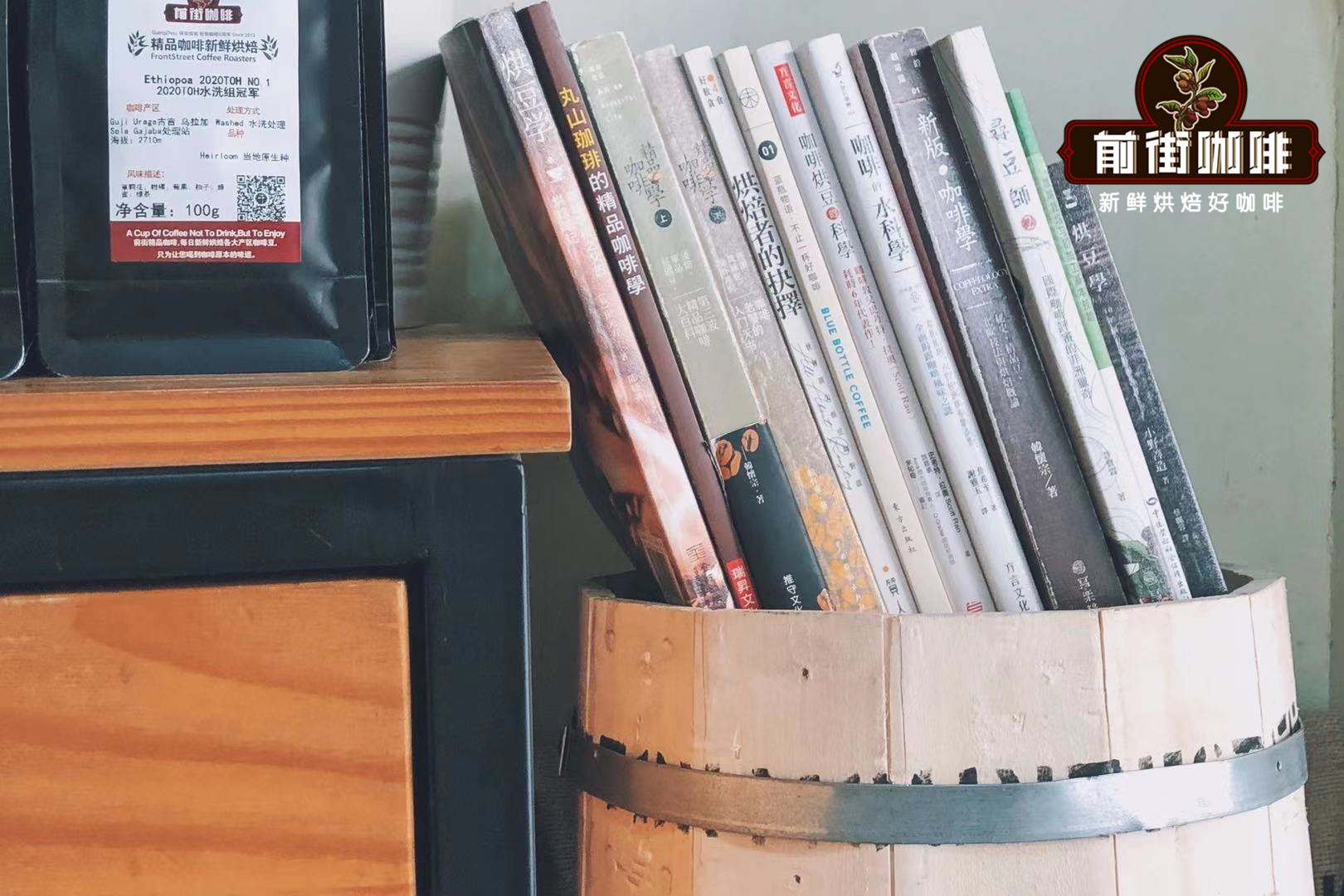
Professional coffee knowledge exchange more coffee bean information please follow the coffee workshop (Wechat official account cafe_style)
When asked about some coffee rookies, I know what the most expensive coffee in the world is. In many cases, the answer is Blue Mountain Coffee and Kopi Luwak. Here, Qianjie Coffee is going to show you the price of Rosa Coffee.
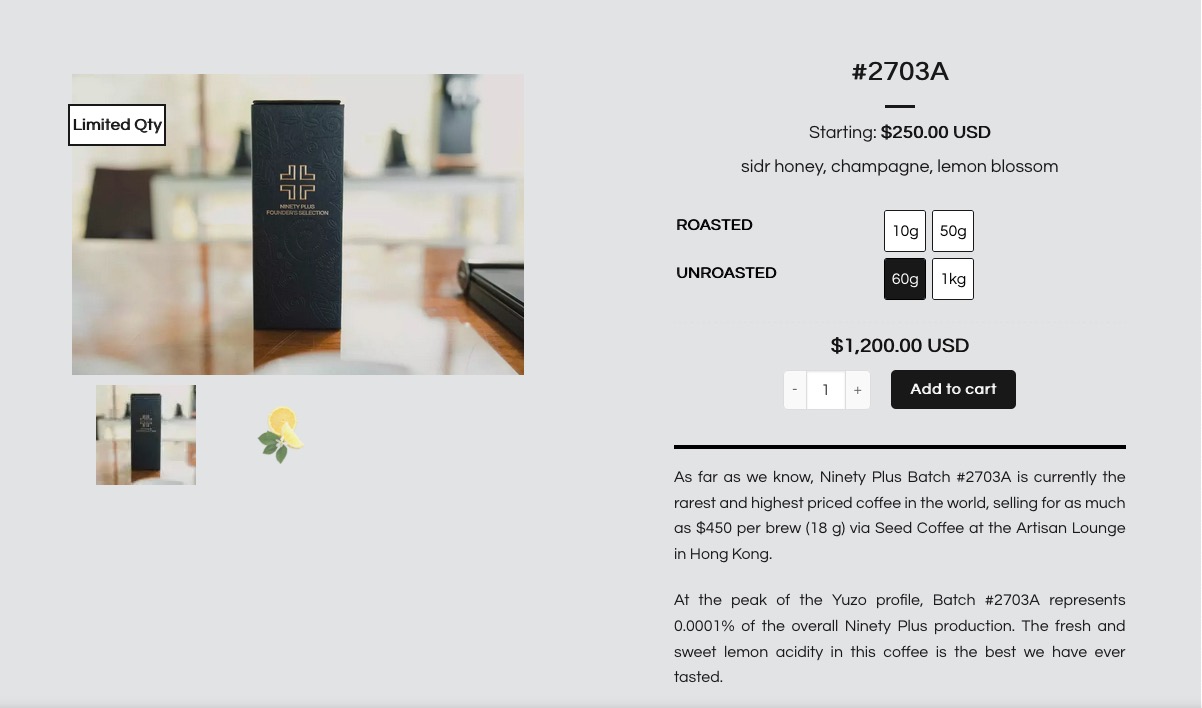
This is the Rose Summer Coffee from the Rosa Manor of Ninety Plus (also known as 90 +), which belongs to batch # 2703A. The price of 60 grams of raw beans has gone up to 1200 US dollars, which does not include the freight. So you say, what grade is Rosa coffee?
What is Rose Summer?
Speaking of Rose Summer, people's first reaction is mostly Panama Rose Summer. And Africa Rose Summer, the birthplace of coffee on the other side of the Atlantic. Here, Qianjie will show you about Rose Summer Coffee.
The Communication History of Rose Summer
The rose summer variety was found in the rose summer forest of Ethiopia in 1931 and then sent to the Coffee Research Institute of Kenya; in 1936, it was introduced to Uganda and Tanzania; in 1953, it appeared in Costa Rica; in 1963, Don Pachi Serracin introduced rose coffee species from Costa Rica to Panama, because the yield was not high, directly affecting the harvest, coffee farmers were not willing to grow high, has been regarded as a windbreak tree. After nearly half a century of obscurity, the present Panamanian Emerald Manor, Esmeralda Manor, has separated it from other varieties, making Rosa Rosa stand out in the BOP Competition (Panamanian Best Coffee, Best of Panama) in 2003 and finally winning the championship in the BOP Competition in 2004, bringing the variety into everyone's eyes.
When many people come into contact with Rosa Coffee for the first time, they wonder, what is the difference between the Rose Summer in Panama and the Rose Summer in Ethiopia? Aren't they all rose summer varieties?
Here, Qianjie coffee should knock on your little brain and solemnly explain: it is really different, not to mention different origin, even the varieties of coffee beans are different.
[Guoxia Village Manor]
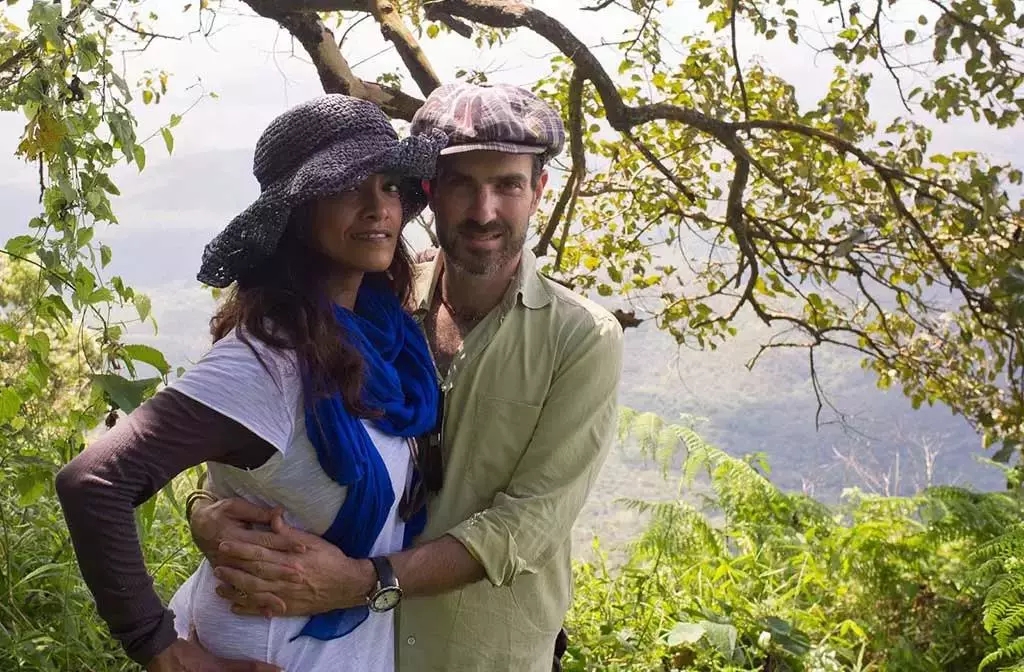
When it comes to Ethiopian Rose Summer, Rose Summer here refers to the Rose Summer Village Manor. In 2007, documentary director Adam Overton came up with the idea of a coffee estate and brand after filming the Ethiopian Coffee documentary; in 2009, BOP judge Willem Boot's idea of finding the birthplace of Rose Summer provided an Adam opportunity; in 2011, he went to Rosa Village and found native rose seeds in the surrounding forest, planted in Rosa Village, and established the Rosa Village Coffee Manor.
[variety]
Talk about rose summer, but Ethiopia's rose summer really has nothing to do with Panamanian rose summer coffee. The main varieties of Ethiopian rose summer coffee beans are: Gori Rosa Gori Gesha (GG), Rosa 1931 Geisha 1931 (G31), Illubabor Forest 1974 (IF).
Gori Rosa: the size is very close to the native species Heirloom, but the appearance of some flat beans is very similar to the well-known Rosa 1931. The aroma of raw beans is full of tropical fruit. Named after Gori Gori Forest, the birthplace of Rosa Coffee, genetic diversity in the forest.
Rose summer 1931: rose summer 1931 can be said to be a relatively common appearance of rose beans. Its size is similar to that of Typica, but its flavor is much different from that of Typica. The combination of varieties with different forests is very similar to Panamanian Rosa, which is screened by observing its plant type, bean-shaped appearance, mesh size and cup flavor. Rose summer 1931 is selected from a number of rose summer varieties, the one closest to Panama rose summer. The selection of varieties depends on the shape of coffee plants, the appearance of coffee beans, and the results of cup tests. It is also named Rosa 1931 because 1931 was the year in which the variety of Rosa was discovered from Ethiopia.
IF: discovered during an expedition from 1974 to the Illubabor Forest, a variety with antibodies was developed by the Ethiopian Research Center.
[grading system of Rose Summer Coffee beans in Rosa Village]
According to Qianjie Coffee, Willem Boot also brought the Panamanian business model to the Rosa Village Manor, creating the current grading system of Rosa Coffee in the manor. That is, the bidding of Rosa Village on the menu of Qianjie Coffee Shop, gold bid, red mark, green mark, Chaka Rosa coffee beans.
Bidding lots: only 3.7% of the annual output of Rose Xia Village, the top batch of the carefully selected manor can only be obtained through the global bidding of Rose Xia Village Coffee Manor.
Gold bid batch: the gold bid accounts for only 5% of the annual output of Ruoxia Village, which can almost be said to be of the same level as the bidding batch. The gold mark of Rose Xia Village on Qianjie Street comes from Omar 059 batch.
Red label batch: a batch with complete traceability, with a typical flavor of Rosa Village, the flavor intensity and complexity are slightly weaker than the Gold Standard batch, and it is a single product batch with high performance-to-price ratio.
Green label batch: officially known as SINGLE-TERROIR (single Land / Land), this coffee bean comes from a single farm in the village of Rosa. Complete traceability information for each batch in the Single-Terroir series can be found, including farm name, coffee variety and processing date.
Chaka batch: this is a mixture of Rosa coffee beans from Rosa Village, including three varieties, namely Gori Gesha, Gesha 1931 (Gesha 1931) and Illubabor (Esse native disease resistant variety).
The Rose Summer of Panama
Rose summer this variety can be famous in the world, is more than the Emerald Manor of Panama this Bole.
[Jade Manor]
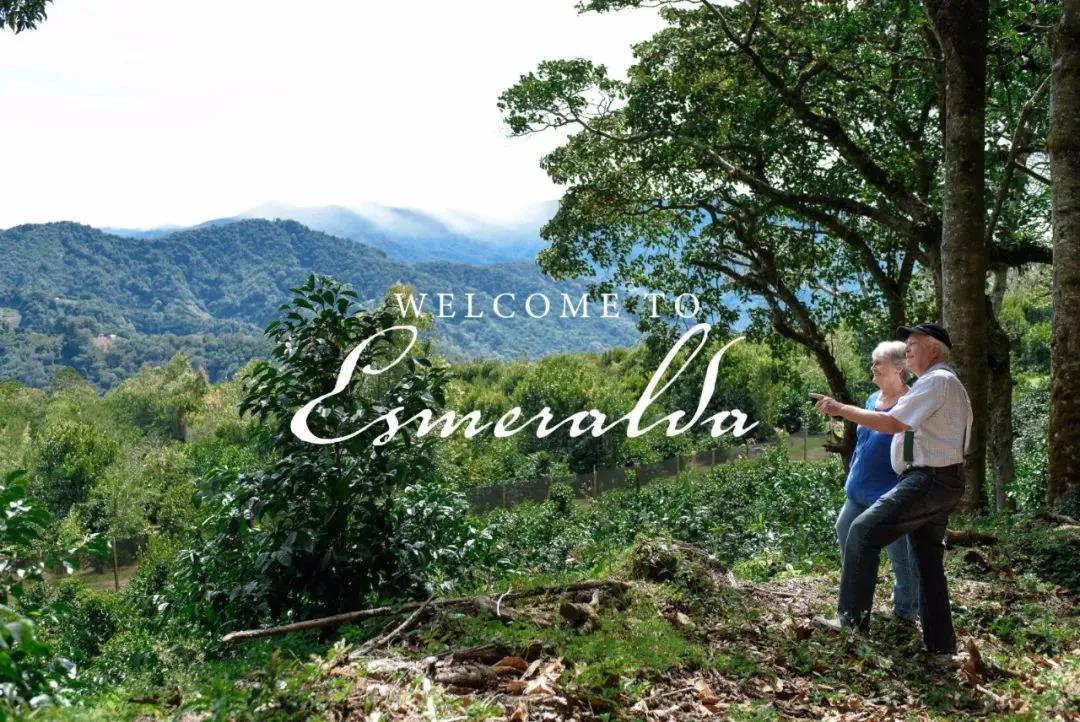
In 1964, Rudolph Peterson, an American banker, retired, moved to Panama and bought the emerald estate in Poquet, initially dominated by dairy. Then his son Price resigned as a doctor to help his father run the farm, introduced Kaddura and Kaduai coffee beans in 1987, set up a washing plant in 1994, and has had its own coffee processing plant ever since.
[land division of Ruoxia varieties in Jadeite Manor]

The jadeite manor is finely divided into three plots: Jaramillo, Canas Verdes and El Velo. Each piece of land will be refined to small plots again.
The annual rainfall of Jaramillo is 4000ml, the average temperature in daytime is 19-25 ℃, the average temperature at night is 11-15 ℃, and the average altitude is 1600-1700m. The Haramiyo site is subdivided into five small plots: Mario (Mario), Noria (Ferris wheel), Reina (queen), Bosque (forest) and Buenos Aires (Buenos Aires).
The annual rainfall of Canas Verdes is 3500ml, the average temperature in daytime is 16-23 ℃, the average temperature at night is 10-15 ℃, and the average altitude is 1600-1800m. Cannes consists of nine small plots: Lino (flax), Coronado (coronation), Fundador (founder), Le ó n (Leon), Montaa (peak), Trapiche (sugar), Chinta (urn), Cabaa (cabin) and Tumaco (Tumako).
Veil (El Velo) is the latest purchase of the Jadeite Manor, with an average elevation of 1700-1900m. In addition to planting Rosa and Kaduai, the site also has a small number of other exotic species, such as Laurina, Pakamara, Mocha and SL28. The veil is divided into seven small plots, namely: Guabo, Port ó n (Portal), Durazno (Peach), Higuer ó n (fig tree), Higo (fig), Buena Vista (Buena Vista) and guila (Eagle).
[jadeite Manor Rose Summer Coffee rating system]
After years of experiments, it has been found that only rose summer growing above 1400 meters above sea level can show its exquisite flavor. Therefore, the jadeite manor is dominated by the planting height, supplemented by the actual cup test results, and the rose summer coffee planted in the manor is divided into three grades.
Esmeralda Special
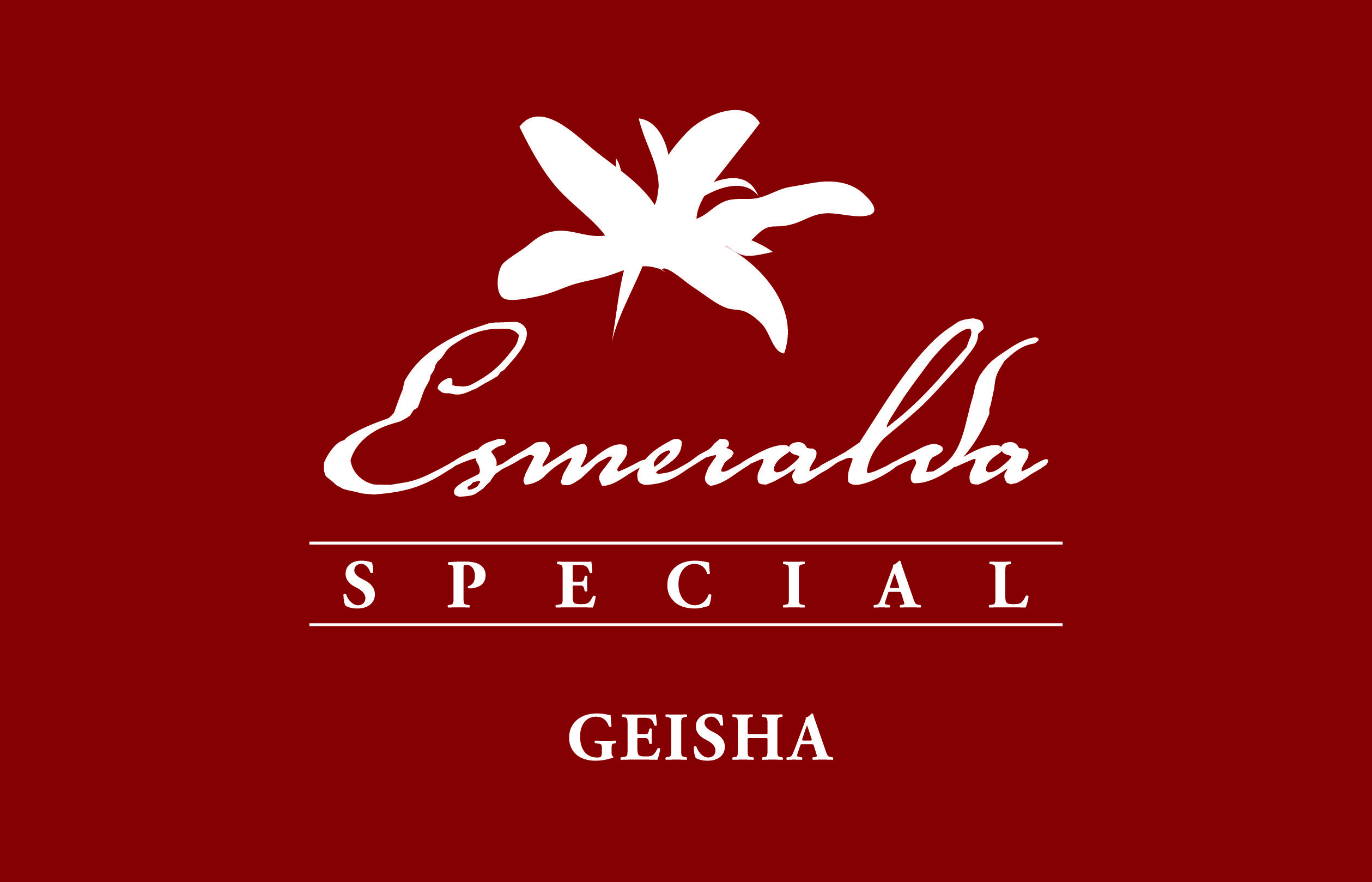
Esmeralda Special is what we often call the red flag. The red label batch of Rosa rugosa has an altitude of 1600-1800 meters and a cup test score of more than 90 points. It is mainly produced in two producing areas: Jaramillo and Canas Verdes. Red label batches will be washed or tanned. Red bid batches can only be obtained through global auctions.
[Qianjie Coffee Panamanian Jade Manor Red Standard Rose Summer Sun]
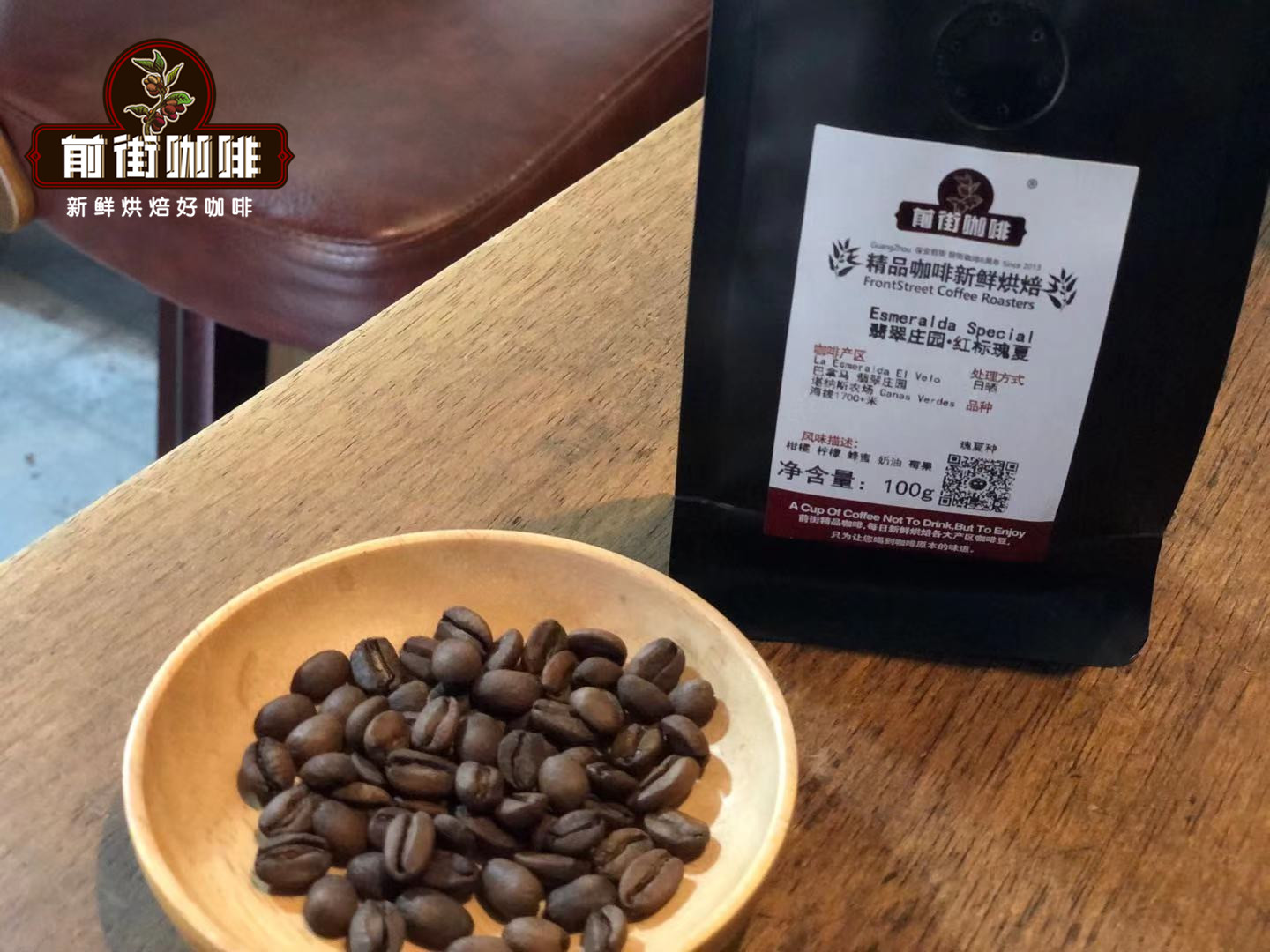
Country: Panama
Producing area: Bouquete
Manor: Jade Manor
Altitude: 1600 m-1800 m
Treatment method: sun treatment
Variety: rose summer seed Geisha
Private Collection
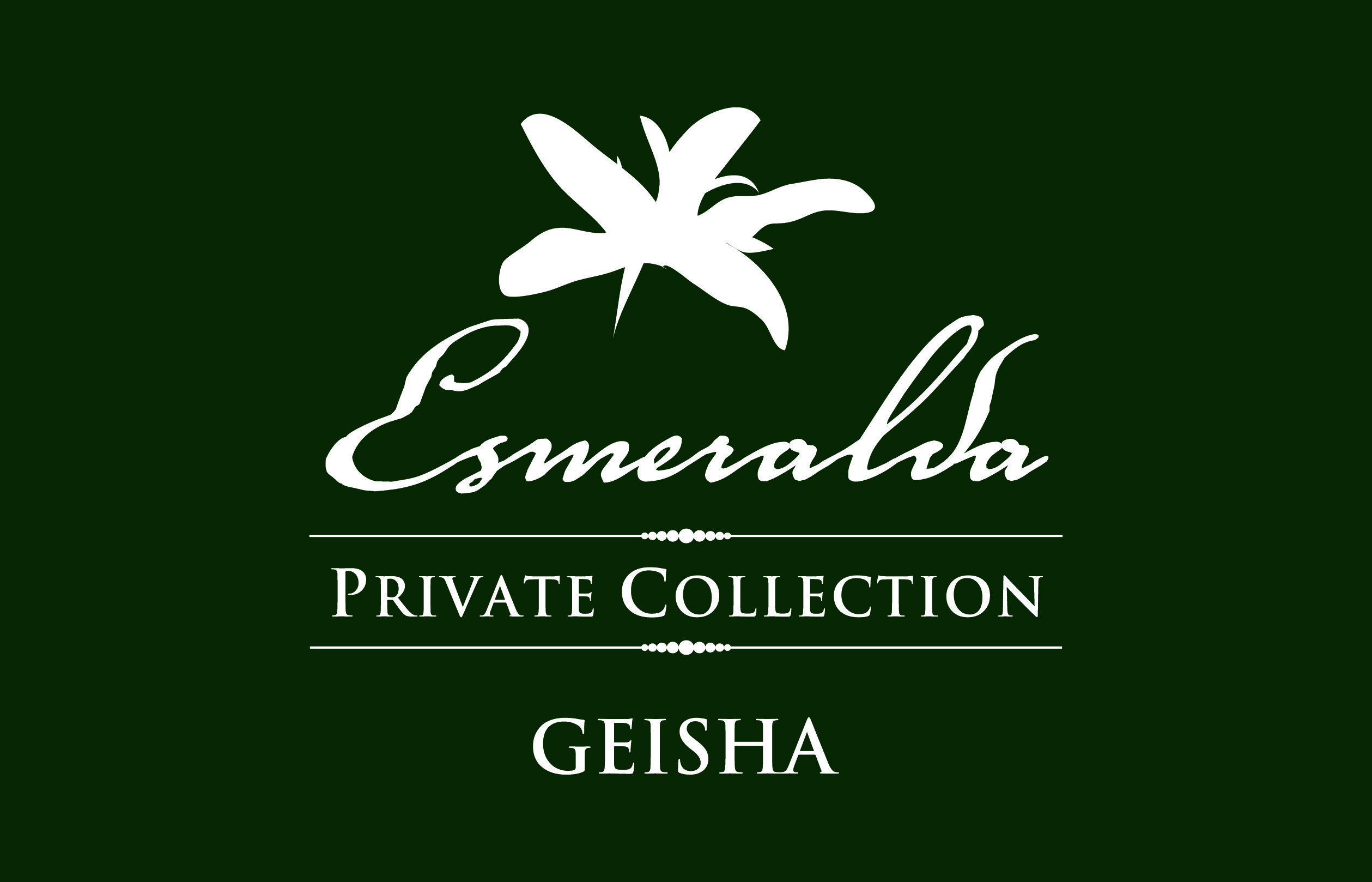
Private Collection is the green mark. The green bid batch does not participate in the bidding, but the quality is still excellent. Green label batch Rosa rugosa is planted at an altitude of 1600-1800 meters above sea level, which is mainly produced in different lots such as Jaramillo, Canas Verdes and so on.
Because the mode of mixing different plots is adopted, sometimes the flavor similarity between green mark and red mark is very high.
Although the green standard is not as high as the red standard, it still has the classic flavor of Rose Summer, floral, fruity, sour citrus, thick and juicy taste. Green-label batches of rose summer are also washed or treated in the sun.
[Qianjie Coffee Panamanian Jade Manor Green label Rose Summer washing]
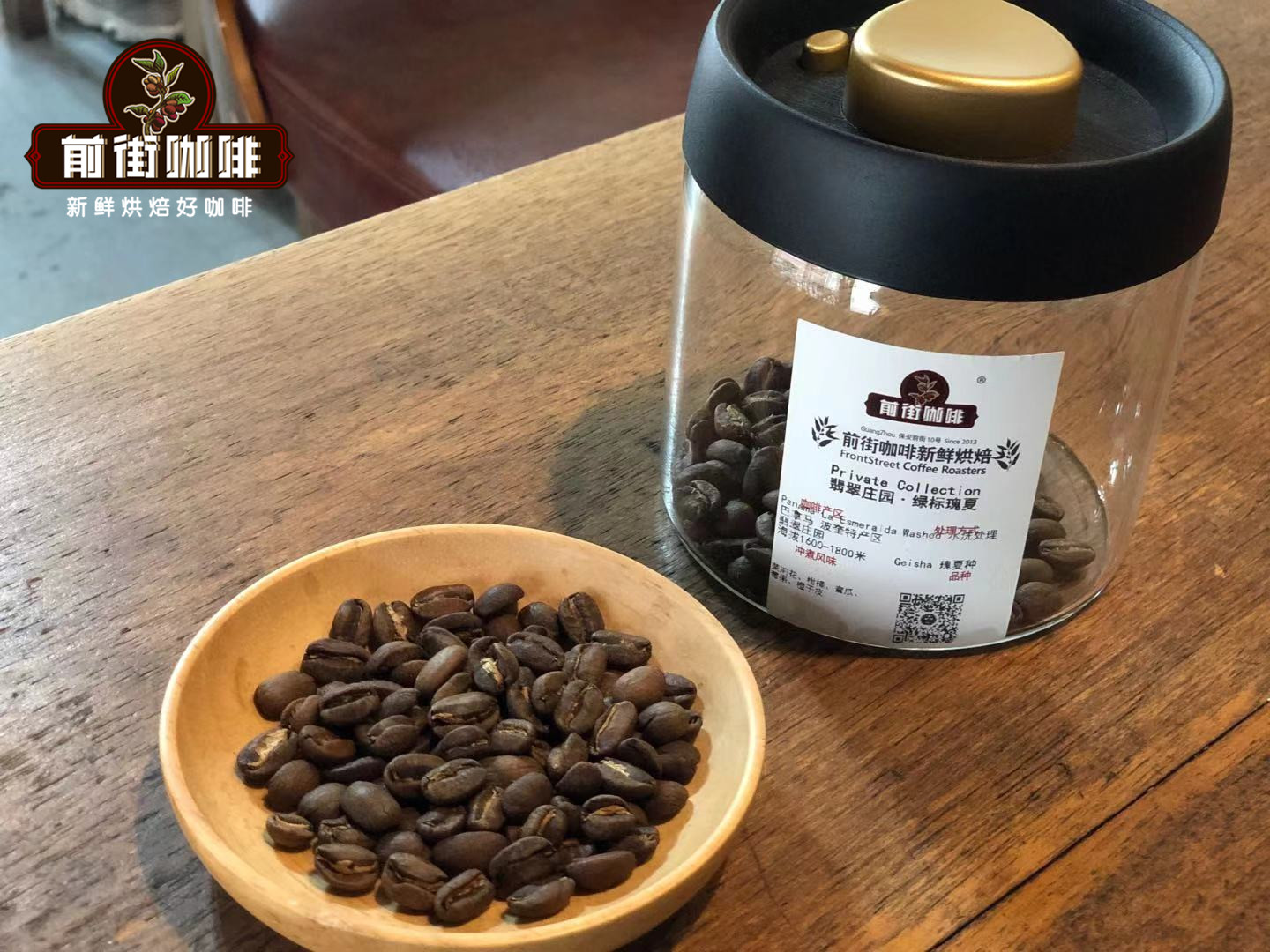
Country: Panama
Producing area: Bouquete
Manor: Jade Manor
Altitude: 1600 m-1800 m
Treatment method: washing treatment
Variety: rose summer seed Geisha
Geisha 1500
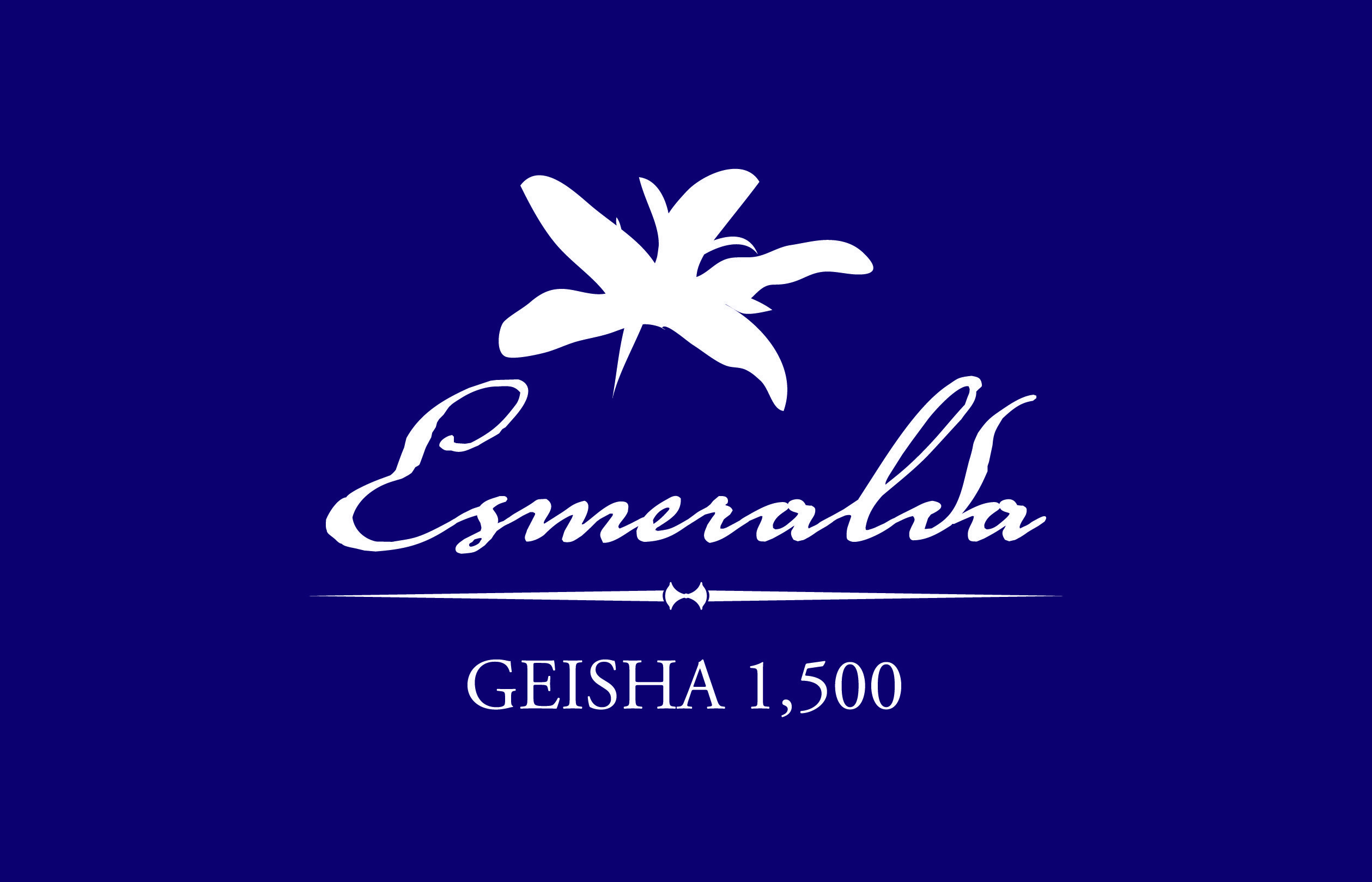
Geisha 1500 is the blue mark. Planted at 1400-1500 meters above sea level, the blue label is a mixture of rose coffee beans from three different plots: Jaramillo, Canas Verdes and El Velo.
In previous years, Blue Standard Rose Summer was only treated with water, but this year, Blue Standard batch added a new way of sun treatment, and this coffee introduced by Qianjie Coffee is the summer of blue roses in this year's new season.
[Qianjie Coffee Panamanian Jade Manor Blue label Rose Summer washing]
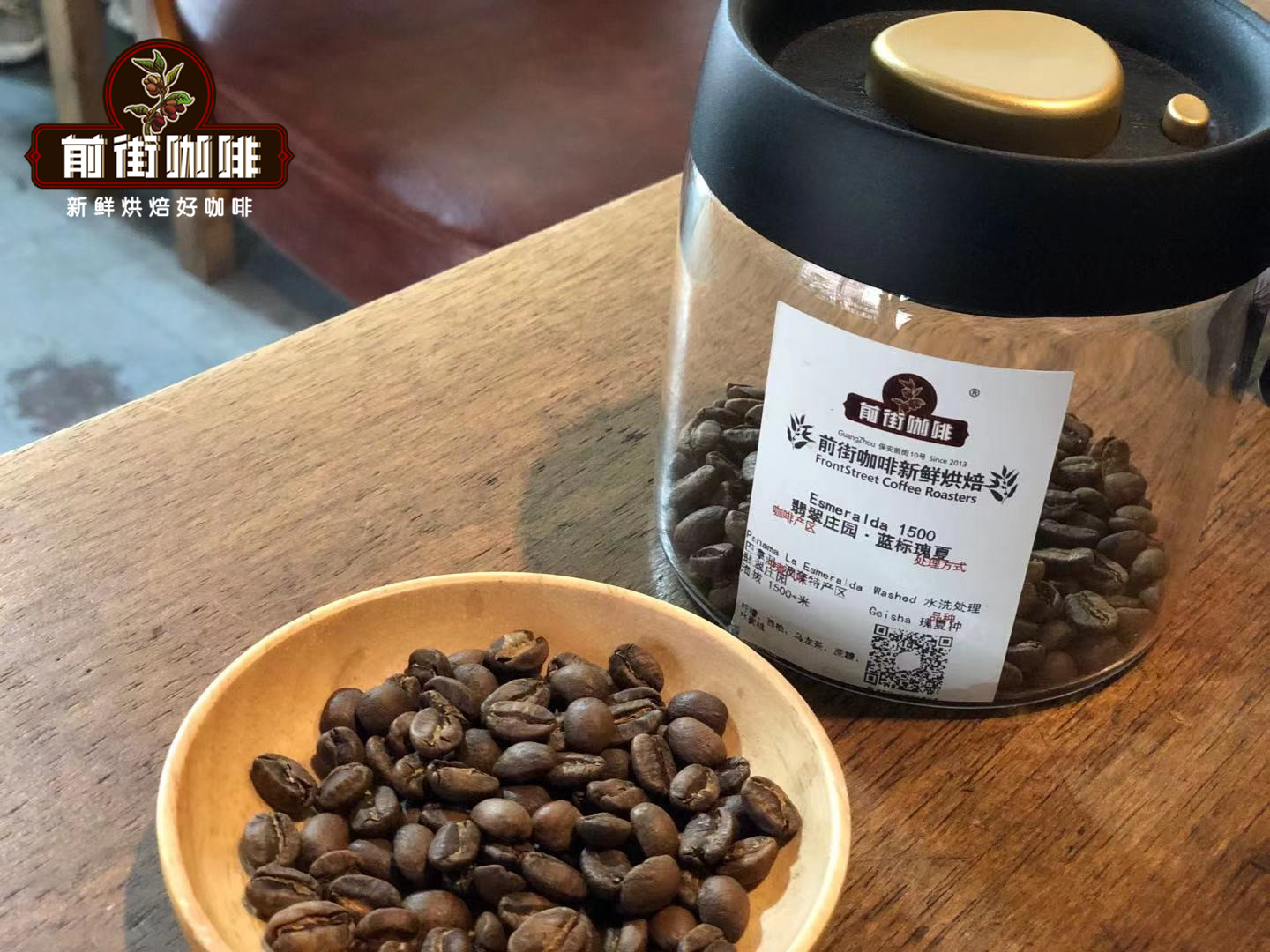
Country: Panama
Producing area: Bouquete
Manor: Jade Manor
Altitude: 1400 m-1500 m
Treatment method: washing treatment
Variety: rose summer seed Geisha
What grade is Rosa Coffee? Why is it expensive? ]
Speaking of which, is everyone very moved? In fact, we do not need to be intimidated by the price of Ninety Plus rose summer coffee, want to drink rose summer coffee, in fact, the performance-to-price ratio of Jade Manor is also very high. But in a certain orange app search for the red sign Rose summer, many friends are also stopped.
There are four main reasons why Panama Rosa coffee beans are expensive:
It was named Best Coffee by the Professional Coffee Association (SCA), an international coffee lovers' organization that covers different areas of the specialty coffee industry: growers / farmers, producers, roasters, manufacturers, importers / exporters, and retailers.
It's relatively rare. There are only a few producers of Rosa in Panama. Because the growing conditions in Panama cannot be found outside Panama, Panamanian rosy summer coffee cannot be replicated in other regions or countries. Coupled with the threat of climate change and rust, Guixia's survival has become more difficult.
Demand is increasing while supply is decreasing. Especially in Asia, such as China, the demand for Rosa coffee has increased particularly sharply, which has also contributed to its rising prices.
The auction has also effectively raised the price of coffee. Due to the limited supply, only the highest bidder can get it.
Here, Qianjie Coffee has to say that the Panamanian Emerald Manor Green Rose Summer Coffee roasted by Qianjie Coffee is fully guaranteed in terms of brand and quality. And more importantly, the performance-to-price ratio is extremely high, 100 grams per pack, the price is only 168 yuan. Calculated on the basis of 15 grams of coffee beans per cup, a bag can make six cups of coffee, which costs only about 28 yuan per cup, which is recommended by conscience compared to the price of hundreds of cups sold in cafes.
Suggestion on brewing coffee in Qianjie
The recommended brewing parameters for Qianjie coffee are: Hario V60 filter cup, 90 ℃ water temperature, 15 g powder quantity, 1:15 powder-to-water ratio, fine grinding in use (80% pass rate of Chinese standard No. 20 sieve).
Qianjie takes into account that these rose summer beans are lightly roasted, and the dissolution rate of light roasted beans is lower than that of deep roasted beans, so in order to ensure that the flavor of rose summer can be fully extracted, higher water temperature is used for brewing. At the same time, a finer degree of grinding is also selected.
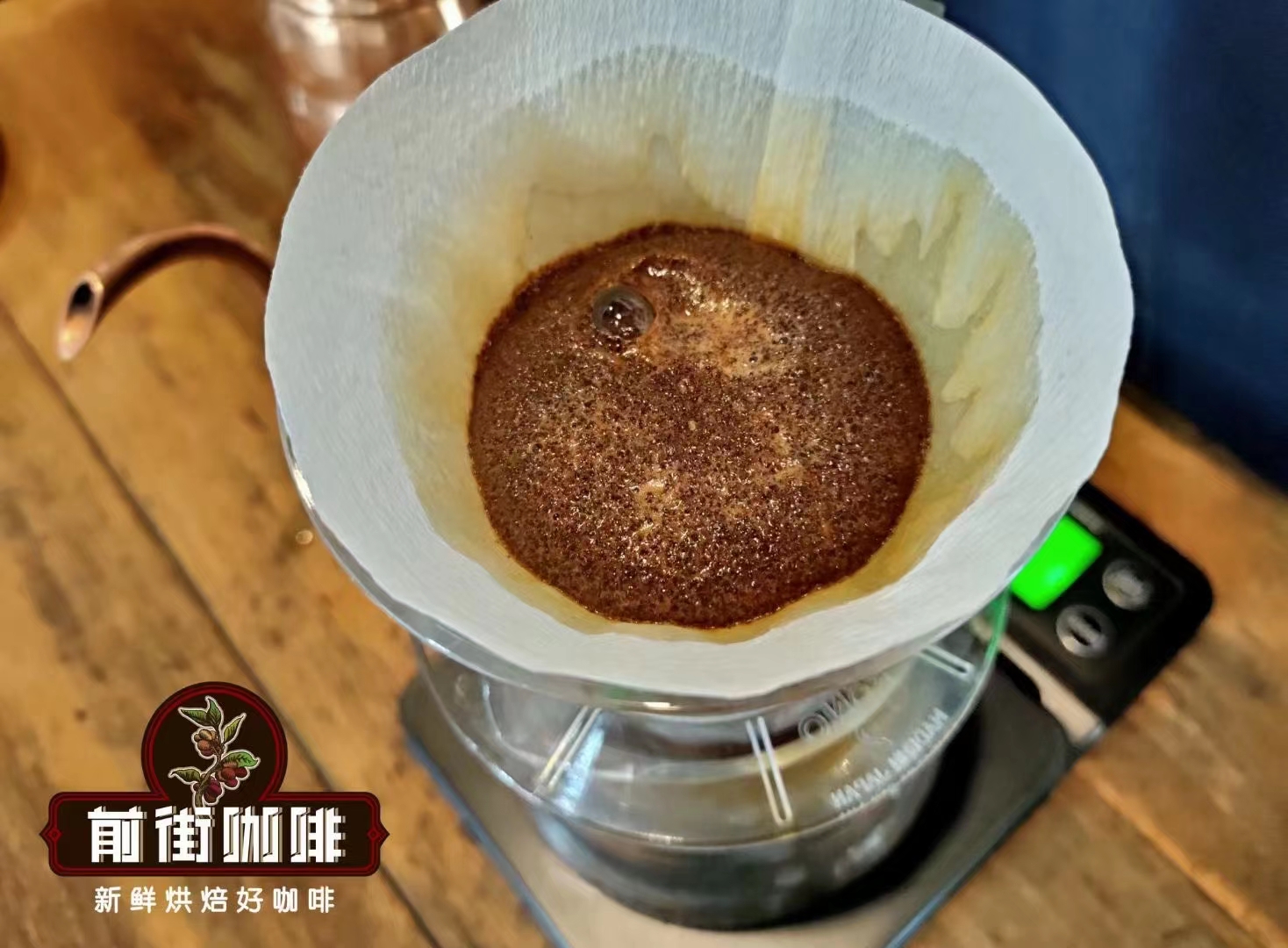
Washing and cooking technique
Qianjie coffee uses staged extraction, also known as three-stage brewing, steaming with 30 grams of water for 30 seconds, small water injection around the circle to 125 grams for stages, water level drop to 225 grams when the powder bed is about to be exposed, remove the filter cup when the water level drop is about to expose the powder bed, (steaming starts timing) the extraction time is 2 grams 3900 ".

For more boutique coffee beans, please add private Qianjie coffee on Wechat. WeChat account: kaixinguoguo0925
Important Notice :
前街咖啡 FrontStreet Coffee has moved to new addredd:
FrontStreet Coffee Address: 315,Donghua East Road,GuangZhou
Tel:020 38364473
- Prev
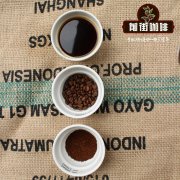
What kind of coffee is Rosa Coffee? what brand of Rosa Coffee beans are good?
Professional coffee knowledge exchange more coffee bean information Please pay attention to coffee workshop (Wechat official account cafe_style) Coffee market is becoming more and more popular in recent years, many brands of coffee shops have opened, and in recent years there is nothing more popular than Rosa Coffee in the coffee industry. Rosa coffee is also called geisha coffee, because its pronunciation is similar to that of Japan, so it is also called geisha coffee.
- Next

Do you know how to taste Rosa coffee beans to taste the flavor of Rosa coffee?
Professional coffee knowledge exchange more coffee bean information please follow coffee workshop (Wechat official account cafe_style) Rose Summer Coffee has won many prizes in international competitions because of its unique flavor, taste, aroma and other reasons, whether in international coffee competitions or in boutique cafes you usually go to.
Related
- Detailed explanation of Jadeite planting Land in Panamanian Jadeite Manor introduction to the grading system of Jadeite competitive bidding, Red bid, Green bid and Rose Summer
- Story of Coffee planting in Brenka region of Costa Rica Stonehenge Manor anaerobic heavy honey treatment of flavor mouth
- What's on the barrel of Blue Mountain Coffee beans?
- Can American coffee also pull flowers? How to use hot American style to pull out a good-looking pattern?
- Can you make a cold extract with coffee beans? What is the right proportion for cold-extracted coffee formula?
- Indonesian PWN Gold Mandrine Coffee Origin Features Flavor How to Chong? Mandolin coffee is American.
- A brief introduction to the flavor characteristics of Brazilian yellow bourbon coffee beans
- What is the effect of different water quality on the flavor of cold-extracted coffee? What kind of water is best for brewing coffee?
- Why do you think of Rose Summer whenever you mention Panamanian coffee?
- Introduction to the characteristics of authentic blue mountain coffee bean producing areas? What is the CIB Coffee Authority in Jamaica?

